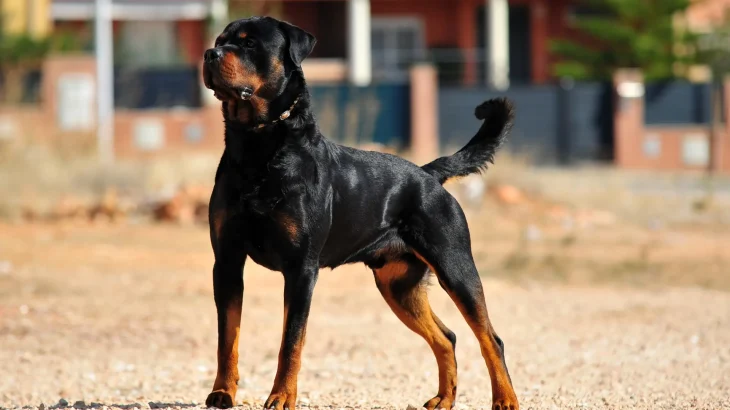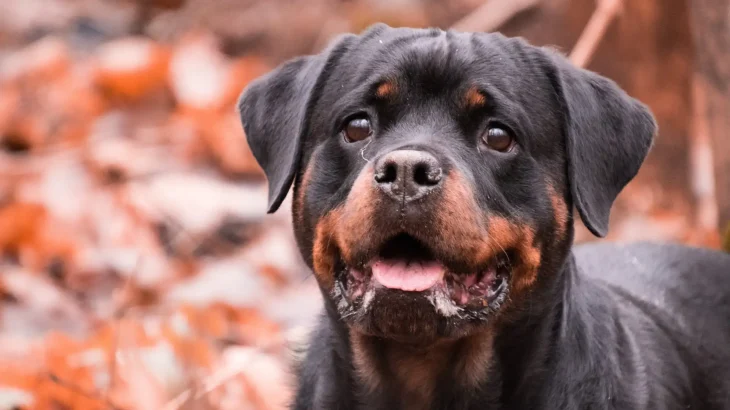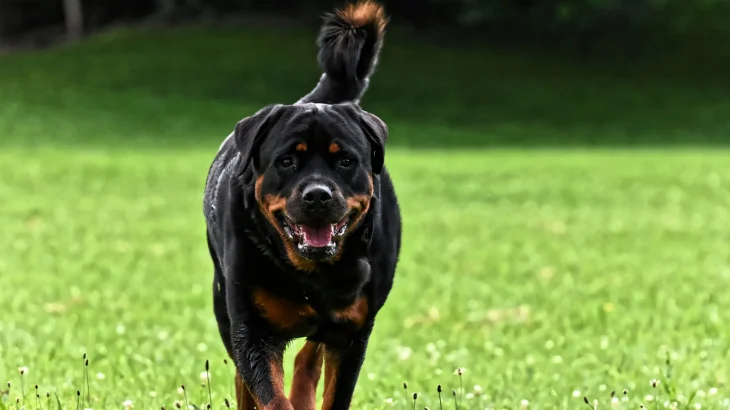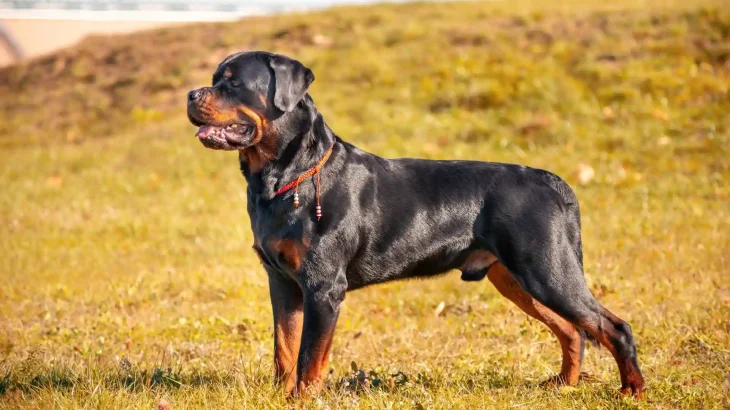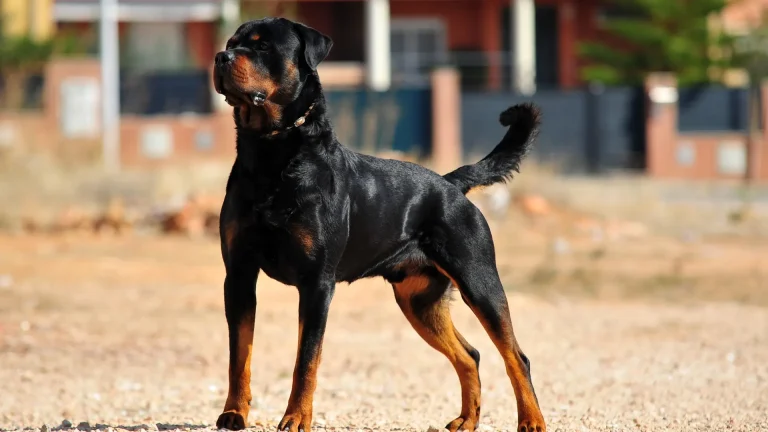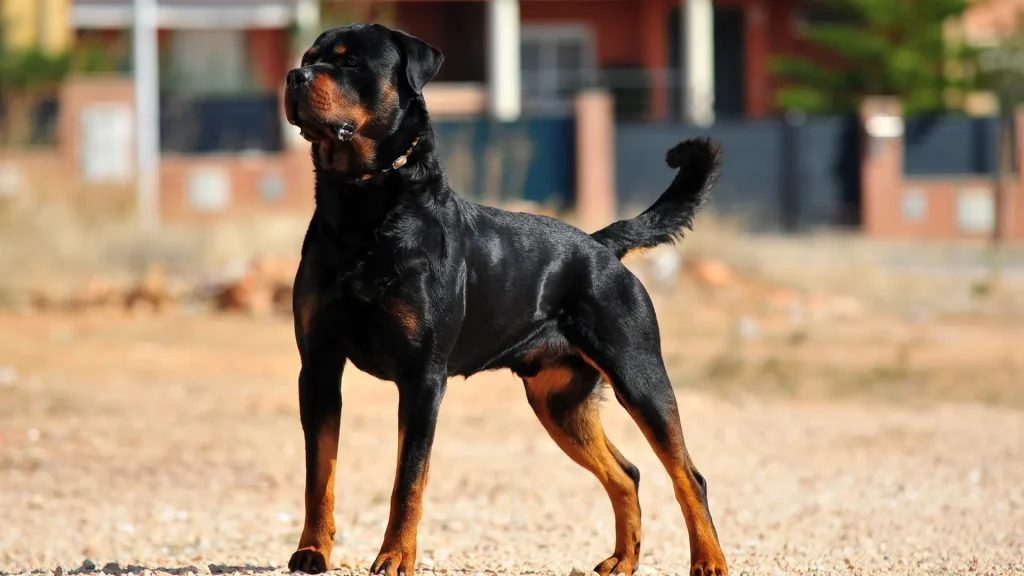Deciding whether to adopt or purchase a Rottweiler puppy involves weighing several important factors. Adoption often gives a chance to provide a home to a dog in need and may have lower upfront costs, while buying from a breeder usually offers detailed health and pedigree information suited to your expectations. Both choices have unique benefits and challenges worth considering.
Adoption vs. Breeder: Pros & Cons
| Criteria | Buying from Breeder | Adopting from Shelter/Rescue |
|---|---|---|
| Cost | Usually higher, reflecting breed purity and breeder investment. | Generally lower adoption fees, more budget-friendly. |
| Health History | Pedigree and genetic health screening often provided. | Health history may be limited or unknown; basic vet checks done. |
| Age Availability | Mostly puppies, allowing bonding from early age. | Varies: puppies and adult dogs needing homes. |
| Temperament Insight | Breeders share lineage traits and socialization details. | Temperament may need assessment; shelter staff provide behavior info. |
| Supporting Practices | Supports controlled breeding; choose ethical breeders. | Supports animal welfare by rescuing dogs. |
| Risk of Genetic Disorders | Lower risk due to testing and selective breeding. | Risk varies; background may be unknown, increasing unpredictability. |

